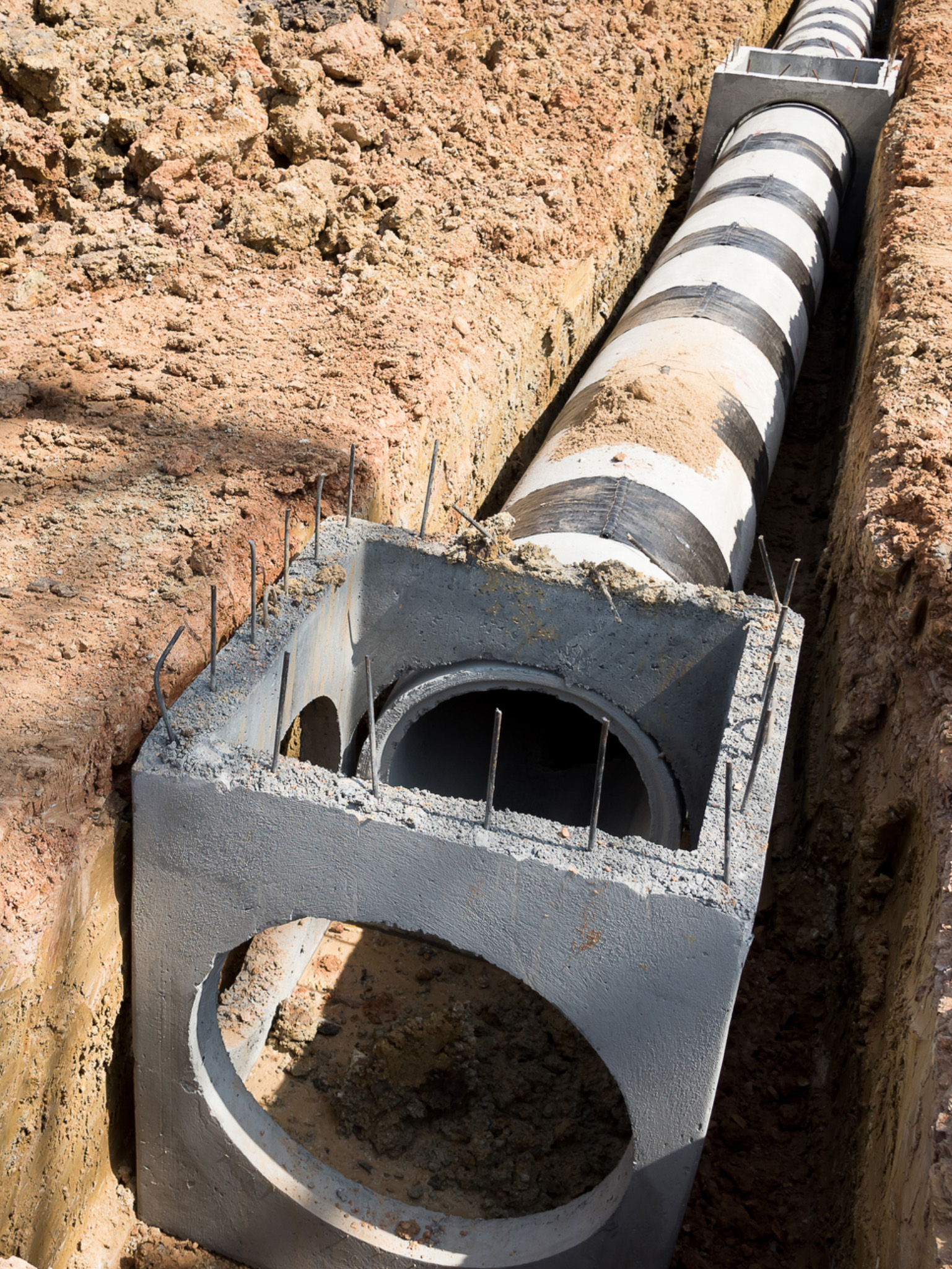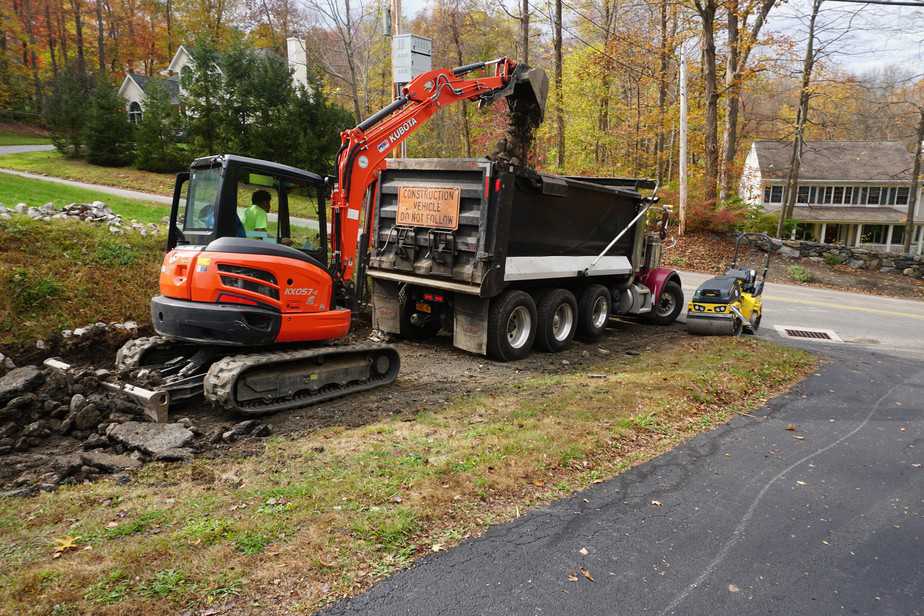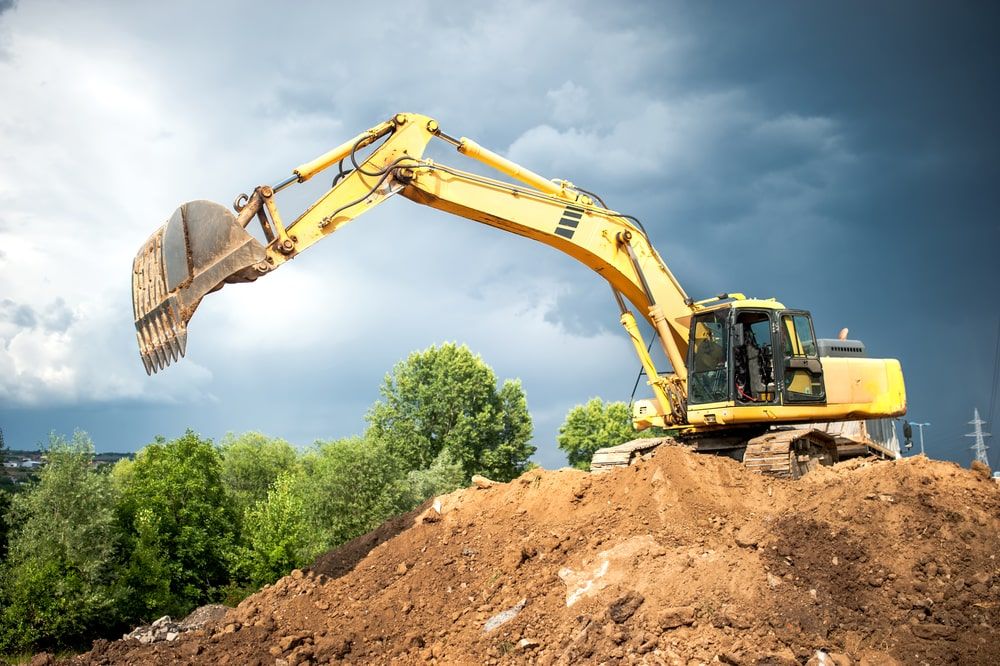Lancaster Excavation - Expert Excavation Services in Lancaster, OH
Wiki Article
Extensive Expedition: The Scientific Research Behind Superior Excavation Practices
The world of excavation practices is a domain where scientific research links with craftsmanship to unearth the mysteries concealed under the earth's surface area. From old hand tools to contemporary hydraulic excavators, the development of excavation strategies has been a testament to human resourcefulness and technological innovations. What truly sets exceptional excavation practices apart is a deep understanding of geological principles, combined with the use of innovative devices and methodologies. By discovering the science behind these techniques, we can discover the keys that exist underneath our feet and appreciate the precision and know-how that go right into every dig.Evolution of Excavation Strategies
Throughout history, the evolution of excavation strategies has played an important role ahead of time building techniques and historical discoveries. From the fundamental tools made use of by our ancestors to the innovative machinery used in contemporary times, the development of excavation techniques has actually substantially transformed exactly how we approach different tasks.In ancient times, manual work with fundamental tools such as shovels, pickaxes, and wheelbarrows was the primary method of excavation. This labor-intensive procedure restricted the deepness and range of excavations, typically resulting in sluggish progression and restricted access to particular sites. Nevertheless, as human beings advanced, so did the methods and devices utilized for excavation.
The Industrial Change noted a transforming factor in excavation methods with the intro of steam-powered equipment. In contemporary times, innovation plays an essential function in excavation, with improvements like General practitioner systems, drones, and 3D scanning improving precision and effectiveness in the field.
Role of Technology in Excavation

The integration of advanced modern technology has basically transformed the area of excavation, enhancing precision and performance to unprecedented degrees - lancaster trenching. One of the vital technological improvements that has actually considerably influenced excavation practices is the application of General practitioner systems.
Additionally, the development of 3D modeling and simulation software has structured the preparation process for excavation tasks. Engineers and drivers can currently picture the entire excavation procedure before damaging ground, determining potential obstacles and maximizing operations. Together with this, the implementation of drones in excavation activities has assisted in airborne studies, volumetric dimensions, and website inspections with unrivaled speed and accuracy.
Geological Principles in Excavation
An understanding of geological principles is important for ensuring the architectural stability and stability of excavation websites. Geological aspects play an important role in establishing the expediency and safety of excavation tasks.By carrying out complete geological studies and analysis, engineers and excavators can develop techniques to minimize risks and make sure the successful completion of excavation jobs. Inevitably, incorporating geological principles into excavation methods is vital for accomplishing secure, reliable, and sustainable results.

Newest Tools for Excavation
In the realm of excavation practices, contemporary innovations in tools have actually changed the performance and accuracy of excavation processes. One of the most recent tools making waves in the sector is making use of drones furnished with sophisticated imaging technology. These drones can provide detailed airborne studies of excavation sites, offering real-time information on topography and prospective risks. This information help in much better planning and decision-making throughout the excavation procedure.One more cutting-edge tool obtaining popularity is the implementation of 3D printing modern technology for producing custom excavation tools. This permits the manufacturing of specialized tools that are customized to the particular needs of a job, increasing efficiency and reducing downtime.
Moreover, developments in products science have actually led to the advancement of more powerful and much more sturdy excavation tools. septic ohio. Tungsten carbide-tipped excavator accessories, for instance, offer remarkable efficiency in challenging ground conditions, boosting productivity on-site
Science's Influence on Excavation Practices

In addition, developments in materials scientific research have caused the creation of more powerful, much more resilient excavation tools and equipment. For example, making use of composite materials in diggers and shovels has actually improved their performance and longevity, eventually boosting efficiency on excavation websites. Additionally, clinical study on soil technicians and geotechnical engineering has offered beneficial insights into soil actions, enabling excavation experts to make enlightened decisions concerning excavation techniques and dirt stabilization strategies. On the whole, science proceeds to drive technology and renovation in excavation methods, making excavation tasks more effective, affordable, and lasting.

Final Thought
In conclusion, the development of excavation strategies has been greatly influenced by developments in technology and a much deeper understanding of geological principles. The current devices and devices utilized in excavation have improved efficiency and precision in the area. The application of clinical expertise has actually dramatically improved excavation methods, bring about more lasting and reliable methods for digging deep lancaster trenching into various sorts of products.In the realm of excavation methods, contemporary advancements in devices have changed the effectiveness and accuracy of excavation procedures. By leveraging clinical concepts, the excavation market has been able to substantially boost efficiency, accuracy, and safety and security in excavation procedures. GPR allows excavation teams to non-invasively check and map subsurface frameworks, utilities, and potential threats, enabling them to prepare excavation tasks with higher precision and decreased risk of crashes.
Furthermore, clinical study on dirt mechanics and geotechnical design has supplied valuable insights right into dirt habits, allowing excavation specialists to make informed decisions relating to excavation approaches and soil stablizing techniques. In general, science continues to drive advancement and renovation in excavation techniques, making excavation projects extra reliable, cost-efficient, and lasting.
Report this wiki page